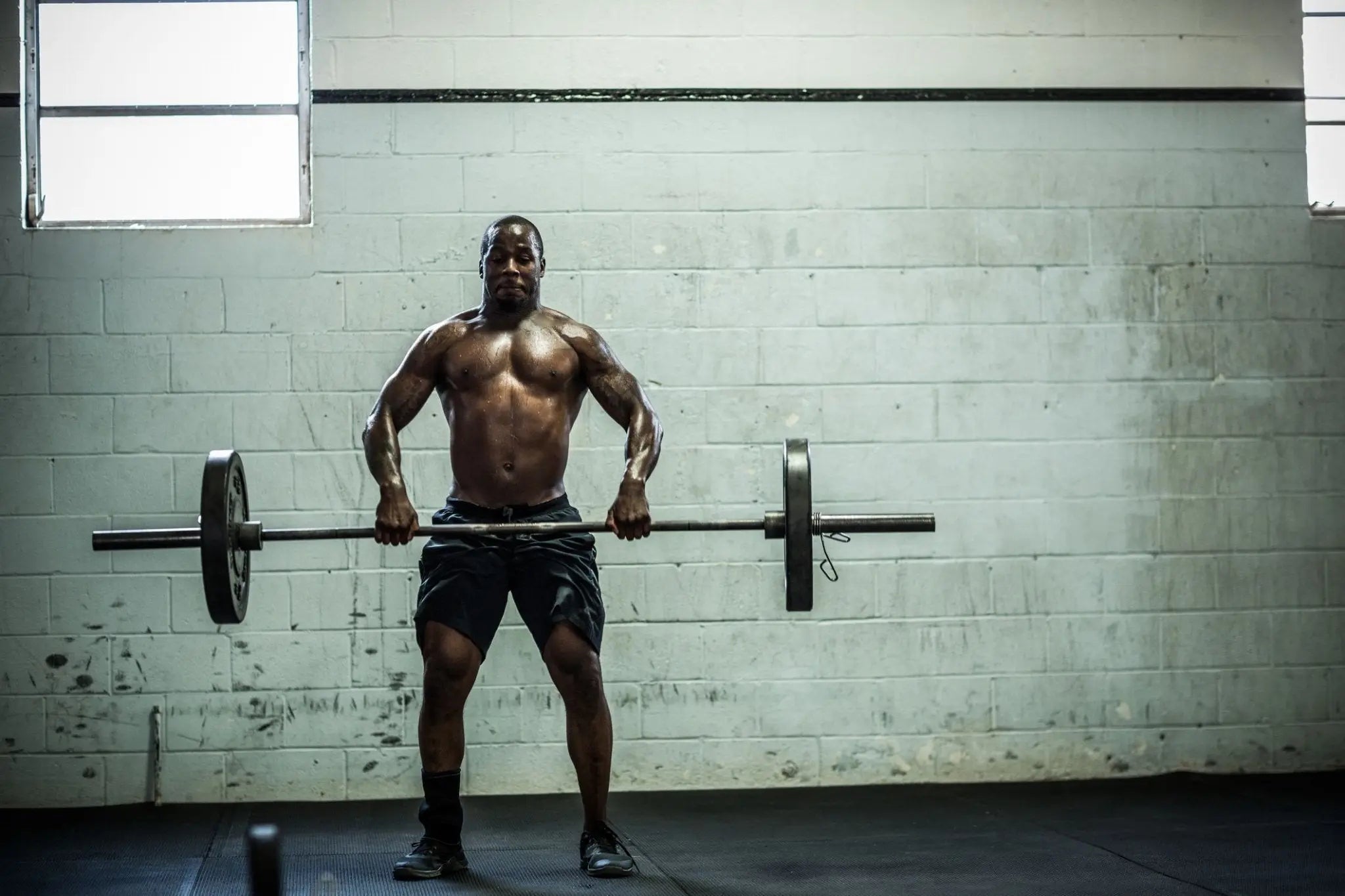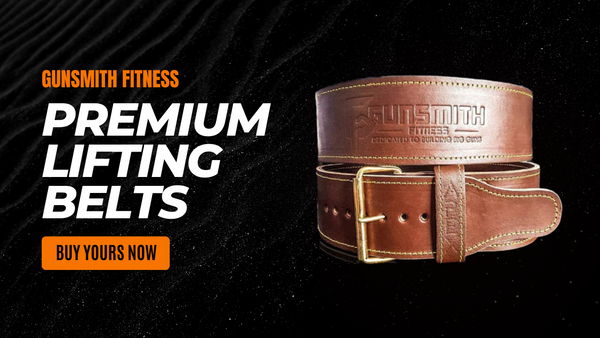
How Heavy Is a Deadlift Bar?
The deadlift is a fundamental exercise in strength training, requiring the use of a specialized barbell known as a deadlift bar. The weight of this bar is a crucial factor in the overall load lifted and can significantly impact your training regimen. But how heavy is a deadlift bar? This question is more complex than it may seem, as the weight can vary depending on the type, brand, and material of the bar.
The Standard Weight of a Deadlift Bar
The standard weight of a deadlift bar is typically around 20 kilograms or 44 pounds. This is the weight of the bar alone, without any added weight plates. This standard is based on the specifications set by the International Powerlifting Federation (IPF) and is commonly used in both competition and training settings. However, it's important to note that the weight of the bar can vary slightly depending on the manufacturer.
Some bars may weigh slightly more or less than the standard 20 kilograms. For example, some specialty bars designed for specific types of lifting may weigh as much as 25 kilograms or as little as 15 kilograms. Therefore, it's always a good idea to check the weight of the bar before you start lifting, especially if you're using a bar that you're not familiar with.
Factors That Can Affect the Weight of a Deadlift Bar
There are several factors that can affect the weight of a deadlift bar. These include the material of the bar, the length and diameter of the bar, and the type of collars used.
The material of the bar can significantly affect its weight. Most bars are made of steel, but the type of steel used can vary. For example, a bar made of high-carbon steel will be heavier than a bar made of low-carbon steel. Similarly, a bar made of stainless steel will be heavier than a bar made of chrome-plated steel.
The Length and Diameter of the Bar
The length and diameter of the bar can also affect its weight. A longer bar will generally be heavier than a shorter bar, and a bar with a larger diameter will generally be heavier than a bar with a smaller diameter. However, the difference in weight due to length and diameter is usually relatively small.
Most standard deadlift bars are around 2.2 meters long and have a diameter of 28-29 millimeters. However, there are also shorter bars (known as "shorty" bars) that are around 1.8 meters long, and thicker bars (known as "fat" bars) that have a diameter of 30 millimeters or more. These variations can affect the weight of the bar by a few kilograms.
The Type of Collars Used
The type of collars used can also affect the weight of the bar. Collars are the devices used to secure the weight plates to the bar, and they can vary in weight from a few hundred grams to a few kilograms.
Most standard collars weigh around 2.5 kilograms each, but there are also lighter collars (known as "spring" collars) that weigh less than a kilogram, and heavier collars (known as "lock-jaw" collars) that weigh up to 5 kilograms. Therefore, the type of collars used can add a significant amount of weight to the bar.
How to Determine the Weight of a Deadlift Bar
Determining the weight of a deadlift bar can be done in several ways. The most accurate way is to weigh the bar using a scale. However, this may not always be practical, especially in a gym setting where a scale may not be readily available.
An alternative method is to check the markings on the bar. Most bars have the weight marked on them, usually near the center of the bar. However, these markings can sometimes be worn off or difficult to read, especially on older bars.
If the weight is not marked on the bar and a scale is not available, you can estimate the weight based on the factors discussed above. For example, if the bar is made of high-carbon steel, is 2.2 meters long, has a diameter of 29 millimeters, and uses standard collars, you can estimate that the bar weighs around 20 kilograms.
Conclusion
In conclusion, the weight of a deadlift bar can vary depending on several factors, including the material of the bar, the length and diameter of the bar, and the type of collars used. The standard weight is around 20 kilograms, but this can vary slightly depending on the manufacturer. Therefore, it's always a good idea to check the weight of the bar before you start lifting.
Understanding the weight of your deadlift bar is crucial for accurately tracking your progress and setting your lifting goals. Whether you're a beginner just starting out or an experienced lifter looking to push your limits, knowing the weight of your bar can help you get the most out of your deadlift training.






